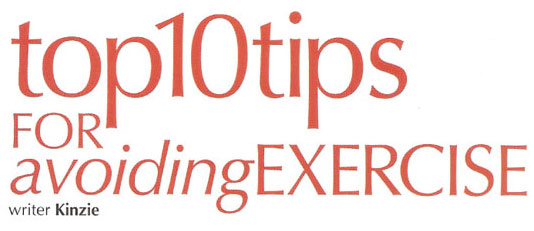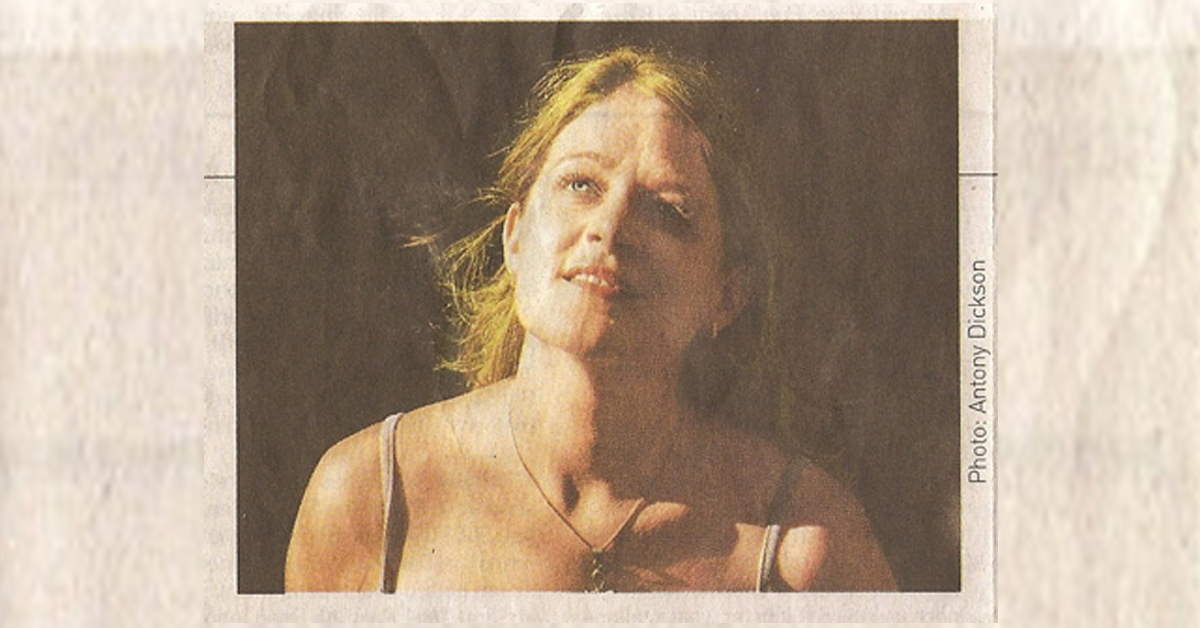by Kinzie – published in AsiaSpa Magazine 2008 Continue reading “Top tips for avoiding exercise”
Category: portfolio
Yoga 101
By Kinzie — published in AsiaSpa magazine, 2008 Continue reading “Yoga 101”
Top tips for rapid aging
By Kinzie – published in AsiaSpa Magazine 2008 Continue reading “Top tips for rapid aging”
Walking the talk
On Monday 20 September 1999, just five days after my 37th birthday, I was told I might never walk again. Continue reading “Walking the talk”
Almost Famous
Interview with David Watkins at SCMP, 2003 Continue reading “Almost Famous”





